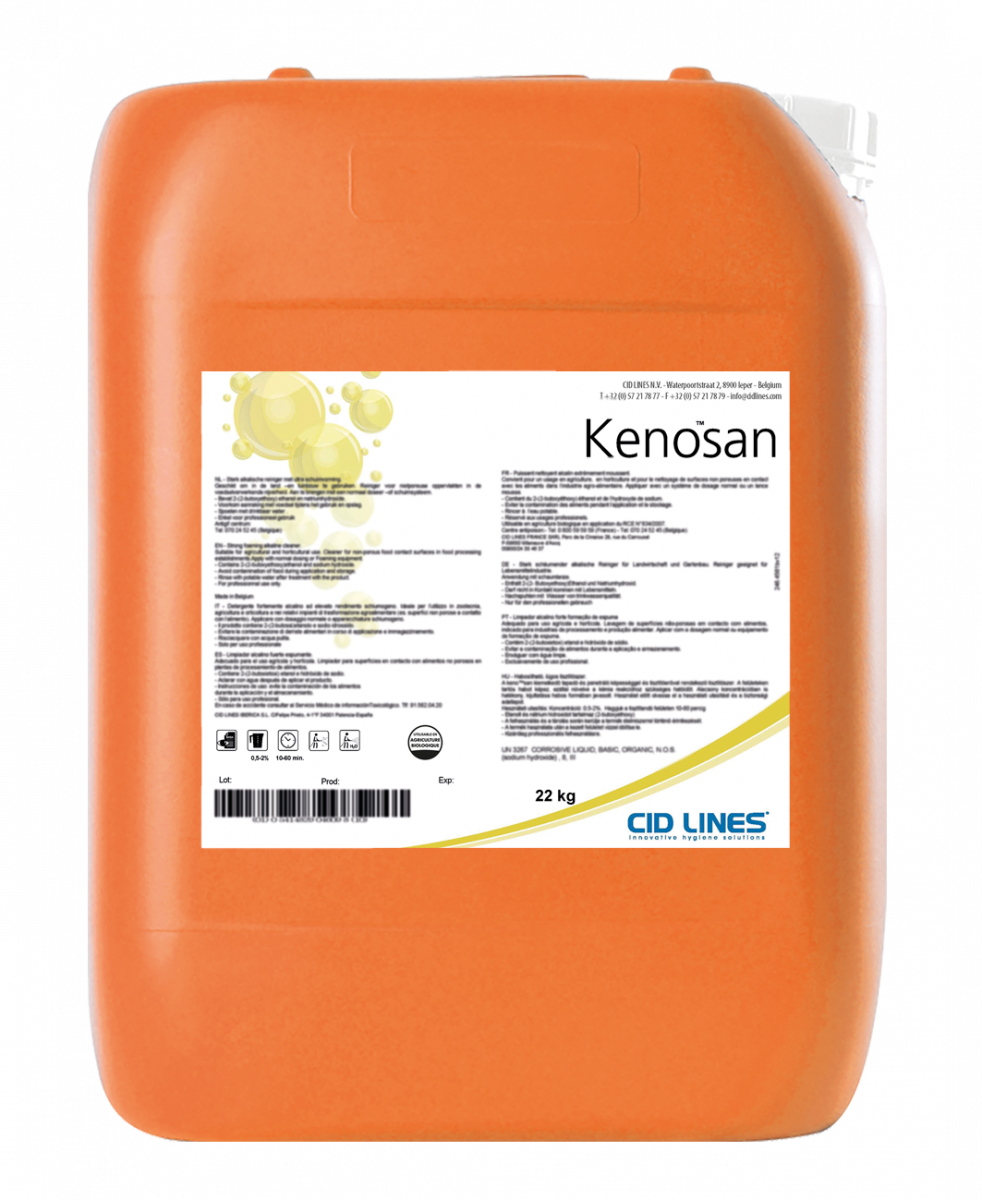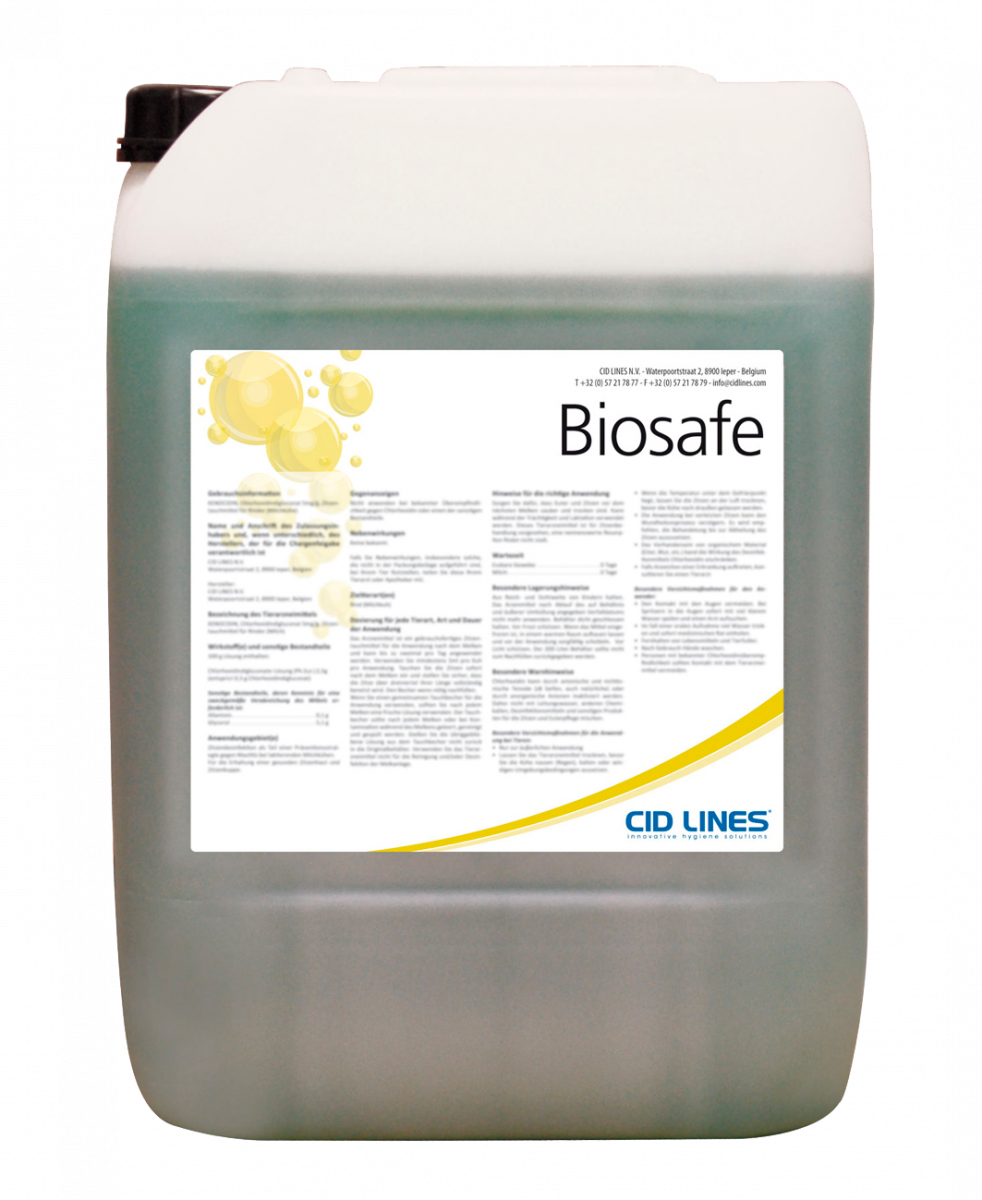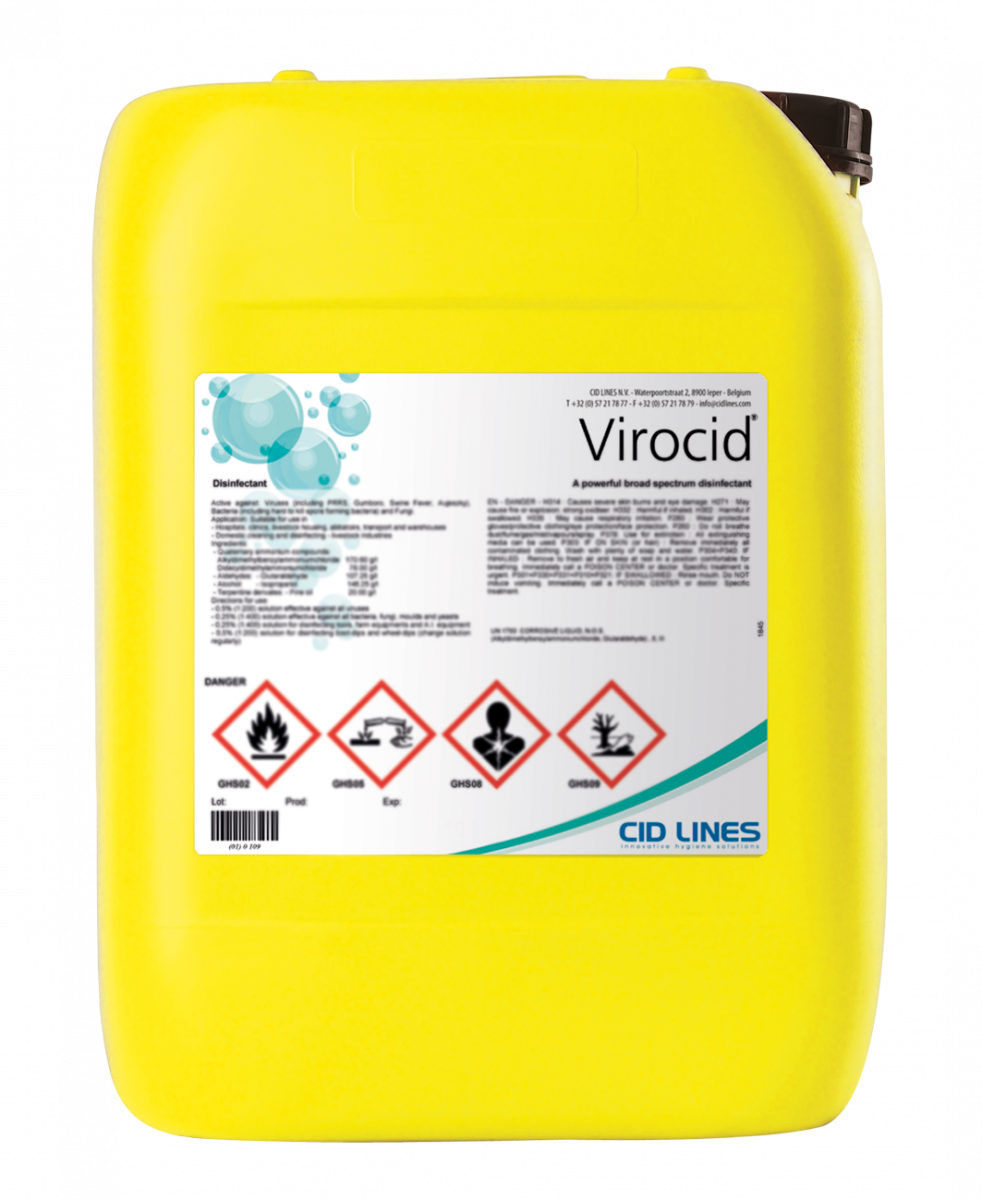
Foot and mouth disease
Pathology description
 Foot-and-mouth disease (FMD) is a highly infectious viral disease of cattle, pigs, sheep, goats, buffalo and artiodactyl wildlife species. It is characterized by fever and vesicles in the mouth and on the muzzle, teats and feet. In a susceptible population, orbidity approaches 100%. The disease is rarely fatal except in young animals. FMD is caused by an aphthovirus of the family Picornaviridae. There are 7 immunologically distinct serotypes: A, O, C, Asia 1 and SAT (Southern African Territories) 1, 2 and 3. Within each serotype, there are a large number of strains that exhibit a spectrum of antigenic characteristics; therefore, more than one vaccine strain for each serotype, particularly O and A, is required to cover the antigenic diversity. Strains are haracterized by their genomic relationships and their antigenic similarities with established vaccine strains. (Previous classification into subtypes became untenable as the number of subtypes rapidly increased.)
Foot-and-mouth disease (FMD) is a highly infectious viral disease of cattle, pigs, sheep, goats, buffalo and artiodactyl wildlife species. It is characterized by fever and vesicles in the mouth and on the muzzle, teats and feet. In a susceptible population, orbidity approaches 100%. The disease is rarely fatal except in young animals. FMD is caused by an aphthovirus of the family Picornaviridae. There are 7 immunologically distinct serotypes: A, O, C, Asia 1 and SAT (Southern African Territories) 1, 2 and 3. Within each serotype, there are a large number of strains that exhibit a spectrum of antigenic characteristics; therefore, more than one vaccine strain for each serotype, particularly O and A, is required to cover the antigenic diversity. Strains are haracterized by their genomic relationships and their antigenic similarities with established vaccine strains. (Previous classification into subtypes became untenable as the number of subtypes rapidly increased.)
The incubation period for FMD is 2-14 days, depending on the infecting dose, susceptibility of the host and strain of virus—in pigs, it may be as short as 18 hr with some strains of FMD virus. The clinical signs are more severe in cattle and intensively eared pigs than in sheep and goats and FMD has frequently been ignored or misdiagnosed in small ruminants. In cattle and pigs, after the incubation period, anorexia and fever of up to 106°F (41°C) may develop. Cattle salivate and stamp their feet as vesicles develop on the tongue, dental pad, gums, lips and on the coronary band and interdigital cleft of the feet. Vesicles may also appear on the teats and udder, particularly of lactating cows and sows and on areas of skin subject to pressure and rauma, such as the legs of pigs. Young calves, lambs, kids and piglets may die before showing any vesicles because of virus-induced damage to the developing cells of the myocardium.
 Milk yield drops dramatically in milking animals and all animals show a loss in condition and growth rate that may persist after recovery. Sheep and goats may develop only a few vesicles on the coronary band and in the mouth. Vesicles in the mouth, ven when severe, usually heal within 7 days, although recovery of the tongue papillae takes longer. Lesions on the mammary gland and feet frequently develop secondary infections, resulting in mastitis, underrunning of the sole and chronic lameness. In pigs, the complete horn of the toe may be lost. Cattle and deer may also lose one or both horns of the foot and deer may shed their antlers.
Milk yield drops dramatically in milking animals and all animals show a loss in condition and growth rate that may persist after recovery. Sheep and goats may develop only a few vesicles on the coronary band and in the mouth. Vesicles in the mouth, ven when severe, usually heal within 7 days, although recovery of the tongue papillae takes longer. Lesions on the mammary gland and feet frequently develop secondary infections, resulting in mastitis, underrunning of the sole and chronic lameness. In pigs, the complete horn of the toe may be lost. Cattle and deer may also lose one or both horns of the foot and deer may shed their antlers.
Related products
Virocid®
disinfectant based on quaternary ammonium
- concentrated disinfectant
- based on quaternary ammonium
- for all surfaces
- hospital graded and registered in USA

Keno™san
Ultra foaming strong alkaline cleaning product
- strong alkaline cleaner
- ultra foaming capacity
- outstanding adhesive power
- efficient and excellent results

Biosafe
Alkaline exterior cleaner
- highly secure for material and surface cleaning in greenhouses and mushrooms

